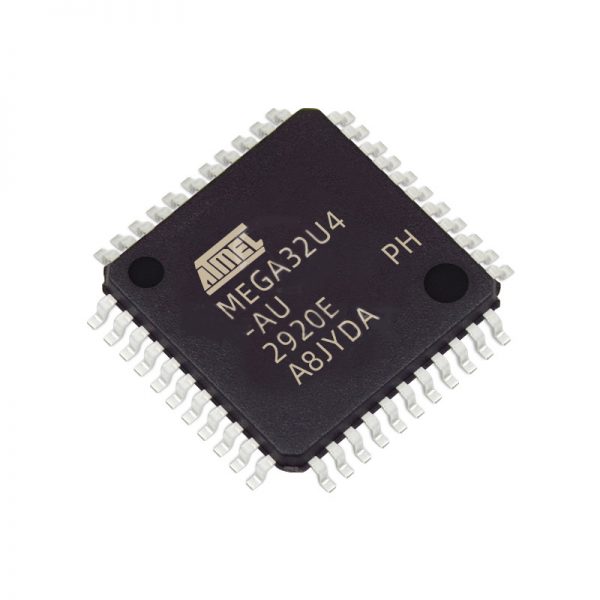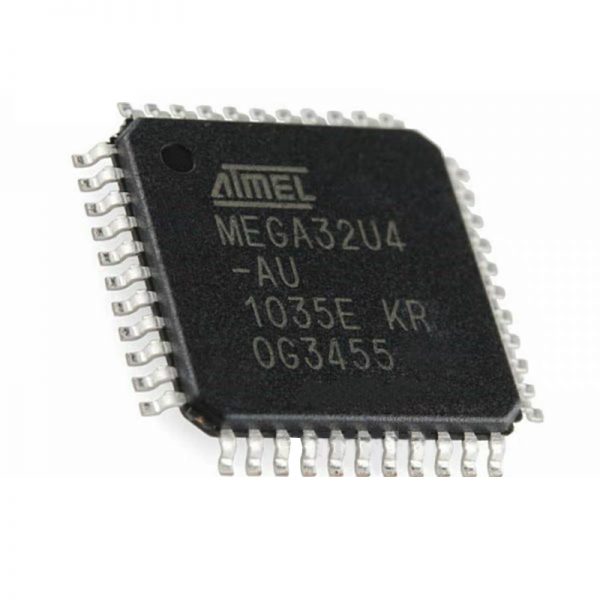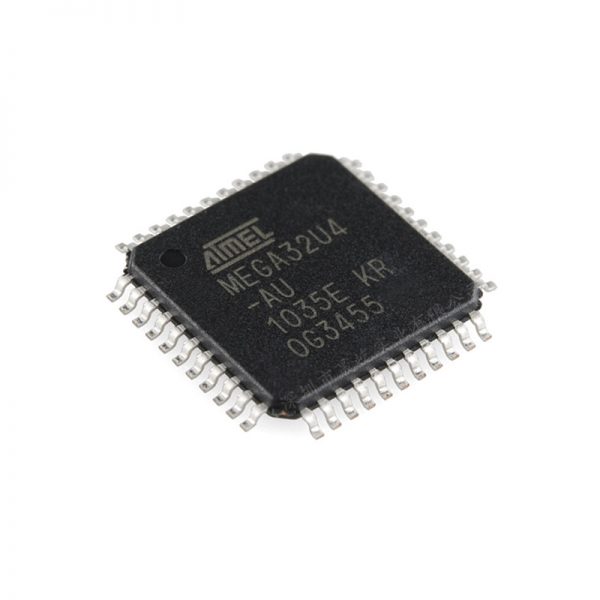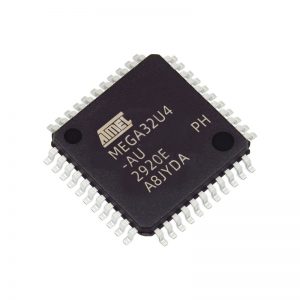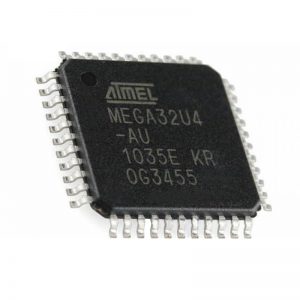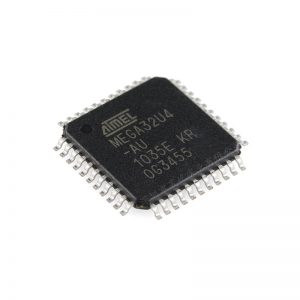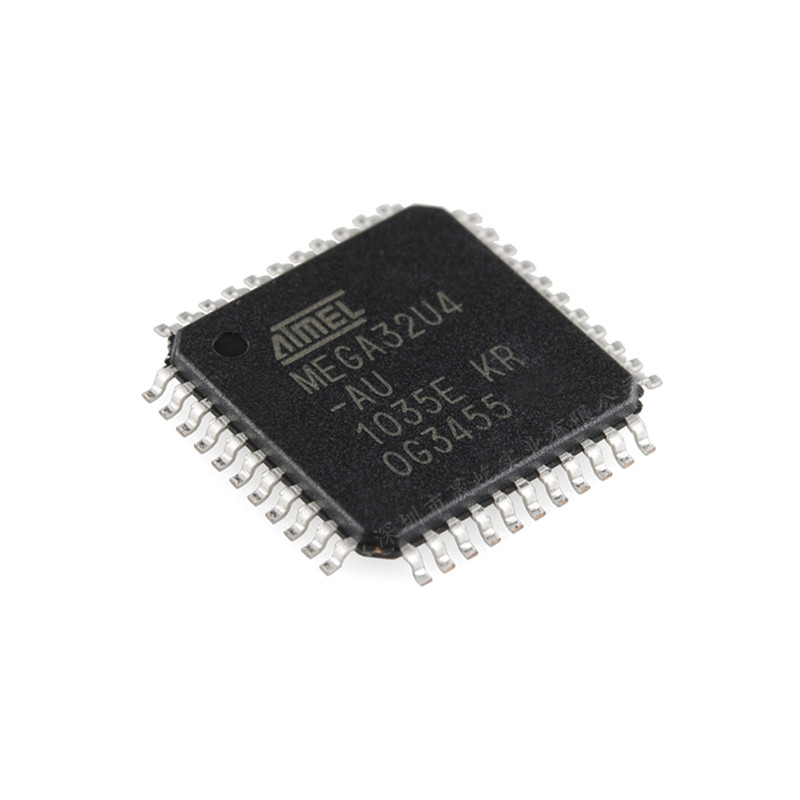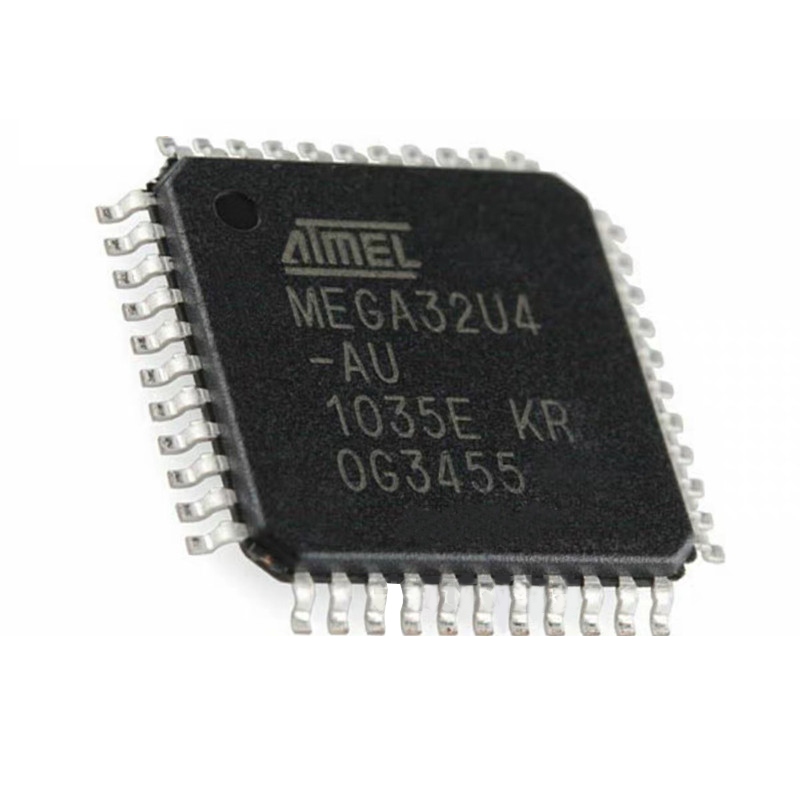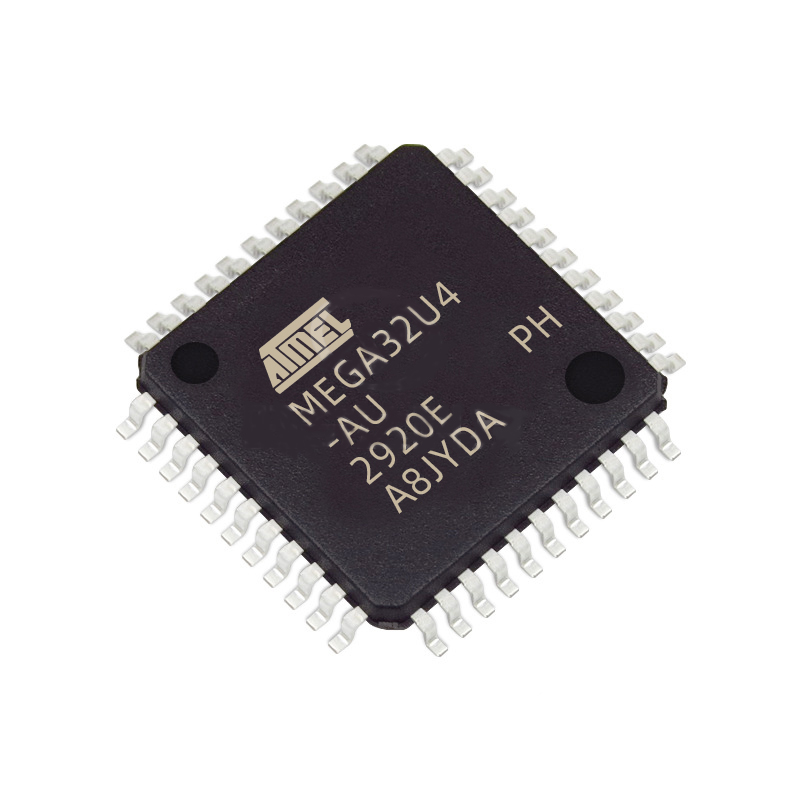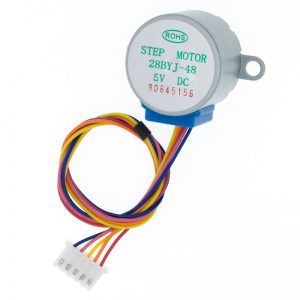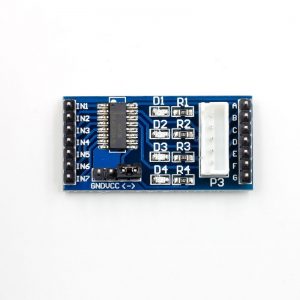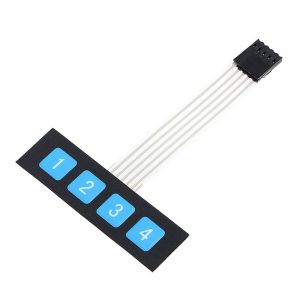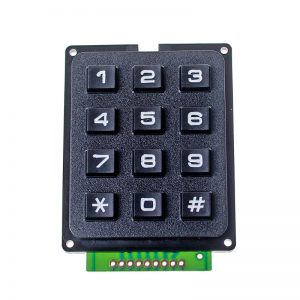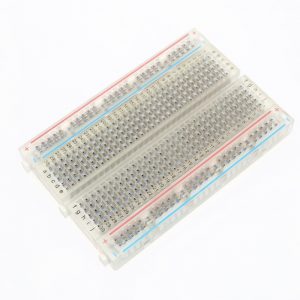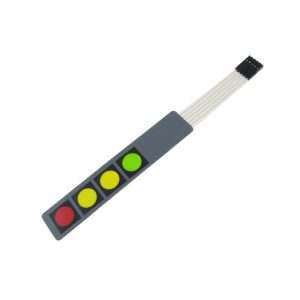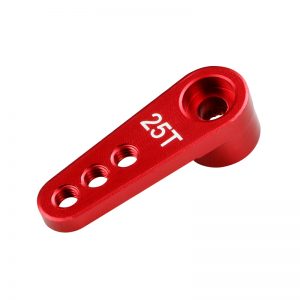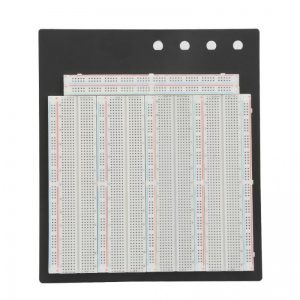ATMEGA32U4-AU Applications
There are a lot of Microchip Technology ATMEGA32U4-AU Microcontroller applications. ATMEGA32U4-AU MCU is usually applied for Measurement and control field, Consumer electronics products, Network communication, mobile communication, Office automation equipment and computer peripherals, Industrial control Instrumentation and process control, Agriculture, transportation, Navigation control, Network application, Metering & measurement, Day to day life, Safety, Medical instruments and Automobile industry.
- Kindle
- Vacuum cleaners
- Smart instruments
- Volt meter
- Home video and audio
- Temperature sensing and controlling devices
- Medical instruments chromatographs
- Copiers
- Robotic prosthetic limbs
- Washing machines
Q: What is the ATmega16U4/ATmega32U4 based on?
AVR enhanced RISC architecture
Q: How many MIPS per MHz does the ATmega16U4 achieve?
Q: Where can I find an Arduino with an ATMEGA32U4?
The Micro is a microcontroller board based on the ATmega32U4 (datasheet), developed in conjunction with Adafruit. It has 20 digital input/output pins (of which 7 can be used as PWM outputs and 12 as analog inputs), a 16 MHz crystal oscillator, a micro USB connection, an ICSP header, and a reset button. It contains everything needed to support the microcontroller; simply connect it to a computer with a micro USB cable to get started. It has a form factor that enables it to be easily placed on a breadboard.
Q: Where can I find details about the Pro Micro board with an ATMEGA32U4?
The Pro Micro is a micro controller with an ATMega32U4 IC on board. The USB transceiver is inside the 32U4, adding USB connectivity on-board without external USB interfaces. This comes in both a 3.3V and 5V version.
Q: Where can I download an ATMEGA32U4 pinout?
ATmega 32U4-Arduino Pin Mapping
Q: How is the ATmega32U4 chip recognized via USB?
On a microcontroller like the ATmeaga32u4, those USB pins are connected to a little bit of special hardware to handle USB signalling. But that hardware pretty much just does the electronics, it doesn’t control what data is sent or received. And data must be sent and received to identify the device and enumerate. If there is no software on the chip, no data is sent, and the chip will not enumerate at all. Windows will probably report that “one of the USB devices connected to this computer has malfunctioned”, but it might not even detect it at all.
Q: How can I write a bootloader for ATMEGA32U4?
One of the big features of the ATmega32u4 is that is has a built-in USB interface. This means that it’s super simple to program (just connect a USB cable and you’re good to go). Now in order to upload Arduino sketches to it, I first had to burn the Arduino bootloader to it. Since I don’t have a programmer, I used an Arduino Uno.
Q: Where can I compare ATMEGA32U4 boards?
These ATmega32U4 boards often have the benefit of being cheaper than the ATmega328-based boards – there’s one less costly IC to put on there. They can also do things regular Arduino boards can’t, like emulate a USB keyboard/mouse. On the downside, they can be less reliable, and more difficult to use.
Q: Where can download the ATMEGA32U4 driver?
The ATMega 32U4 is an 8-bit AVR microcontroller featuring 32KB self-programming flash program memory, 2.5KB SRAM, 1KB EEPROM and a 12-channel 10-bit A/D-converter. It even has on-chip USB 2.0. You might recognize it from our Pro Micro development boards as well as the Arduino Leonardo
Q: Is there an ATMEGA32U4 bootloader programming tutorial?
The Atmel ATmega32u4 gained popularity with its use in the Arduino Leonardo, due to the built-in USB support, which made an additional chip unnessary for that purpose. I’ve had a couple of ATmega32u4s in storage for a while, so I decided to try and solder the chip and make an Arduino Leonardo compatible board out of it. Both Adafruit and Sparkfun have ATmega32u4 breakout boards that they sell, and I have used their designs as a reference. Why bother? Because if you are developing an AVR based board with USB, this chip is worth looking at, especially since you can use the existing Leonardo bootloader.
Q: How can I connect a keyboard to the ATMEGA32U4?
What is HID you might ask? It’s one of the many defined USB device classes. Every USB device is assigned a device class, which defines what exactly its general purpose is. There are loads of classes — printers, hubs, speakers and webcams to mention a few — but this tutorial is going to specialize in HID: Human Interface Device. You might be holding an HID device in one hand right now, while your other hand is hovering over another.
Q: Is Arduino Leonardo based on the ATMEGA32U4?
The Arduino Leonardo is a microcontroller board based on the ATmega32u4 (datasheet). It has 20 digital input/output pins (of which 7 can be used as PWM outputs and 12 as analog inputs), a 16 MHz crystal oscillator, a micro USB connection, a power jack, an ICSP header, and a reset button. It contains everything needed to support the microcontroller; simply connect it to a computer with a USB cable or power it with a AC-to-DC adapter or battery to get started.
Q: Where can I buy an ATMEGA32U4 breakout board?
Toss out those FTDI cables and go USB-native with the ATmega32u4. After many months of back-orders, we finally received a shipment of these little guys and are excited to offer our breakout board. This breakout board is best for those who have familiarity with some microcontrollers and are comfortable with writing code in C. This board doesn’t come with any ‘learn to program’ tutorials! If this is your first time with a microcontroller, we suggest going with an Arduino which is easier. Then when you want to upgrade, check this out.
Q: How can I make an ATMEGA32U4 beetle?
The DFRobot Beetle is one the latest innovations in minimalistic Arduino technology. About the size of a quarter, and the capabilities of an Arduino Leonardo, this tiny guy can minimize your projects with ease without having to sacrifice functionality. After working with the Beetle, I am going to show you some tips and necessary tricks I learned to get this little device working properly over a Bluetooth HC-06 module.
